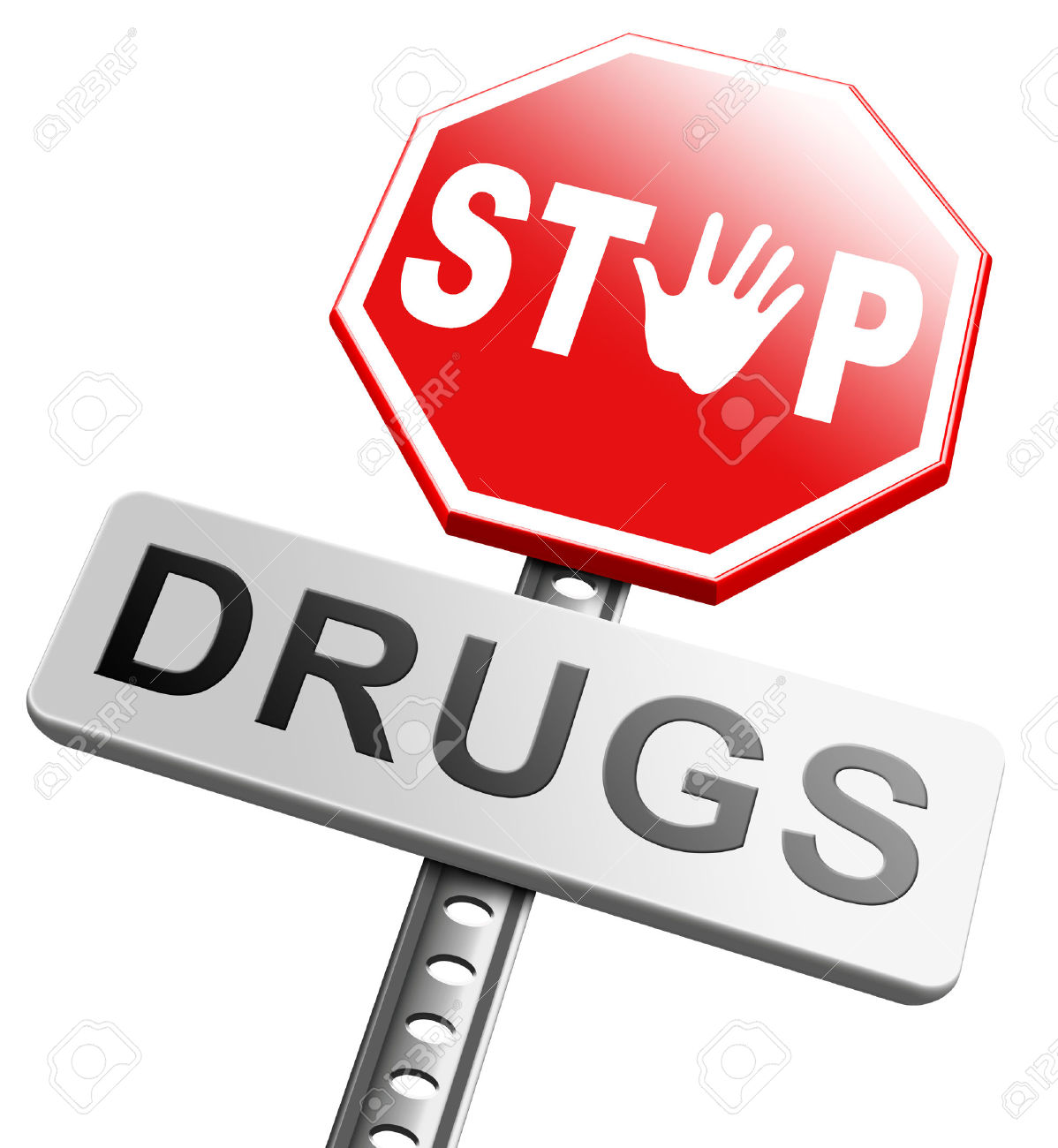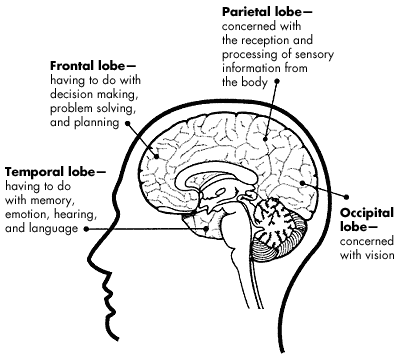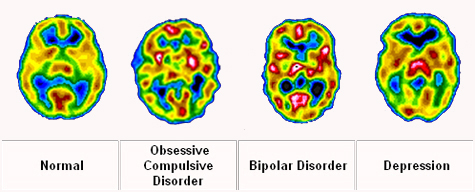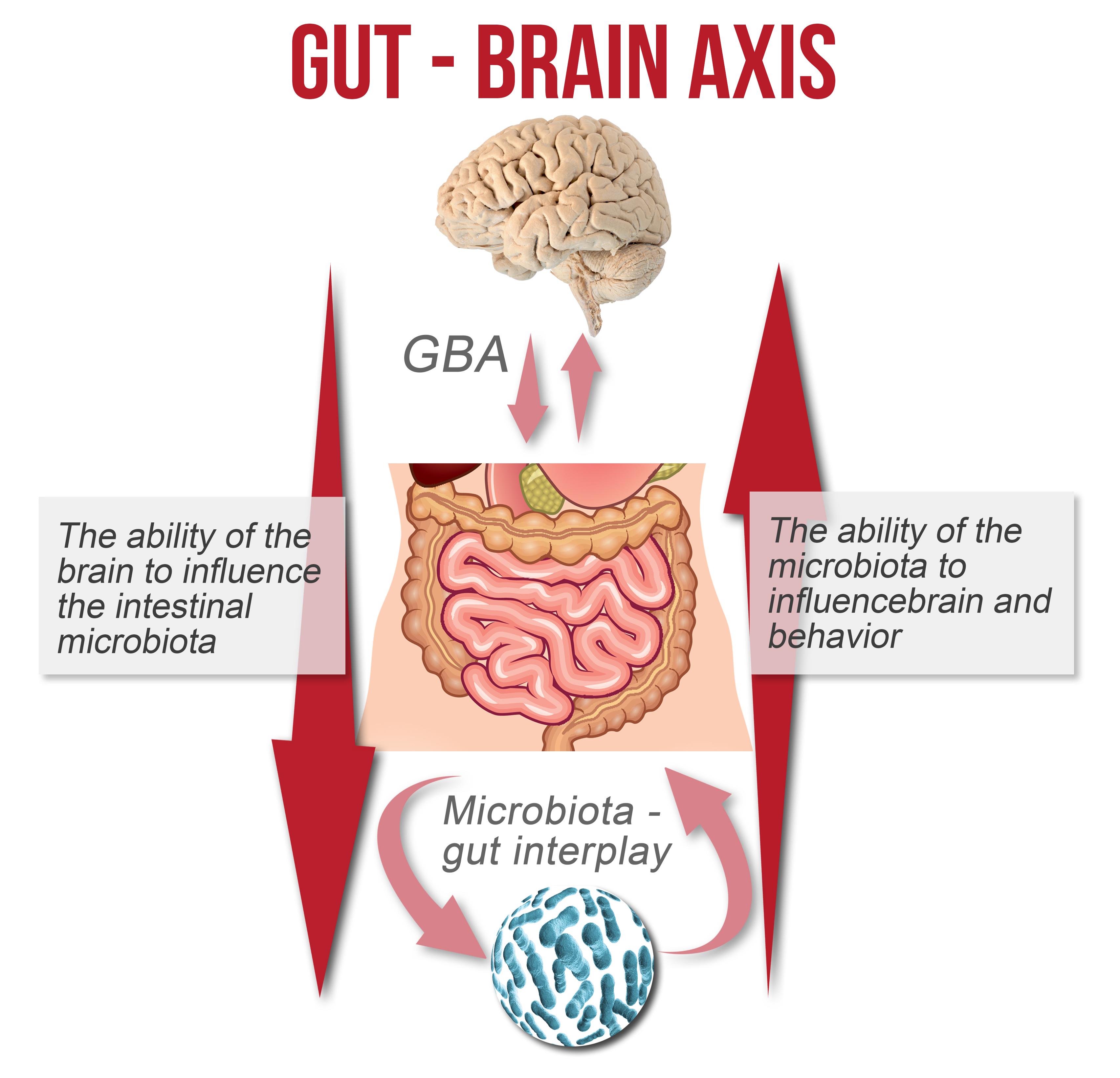Brain chemistry on communication and addiction
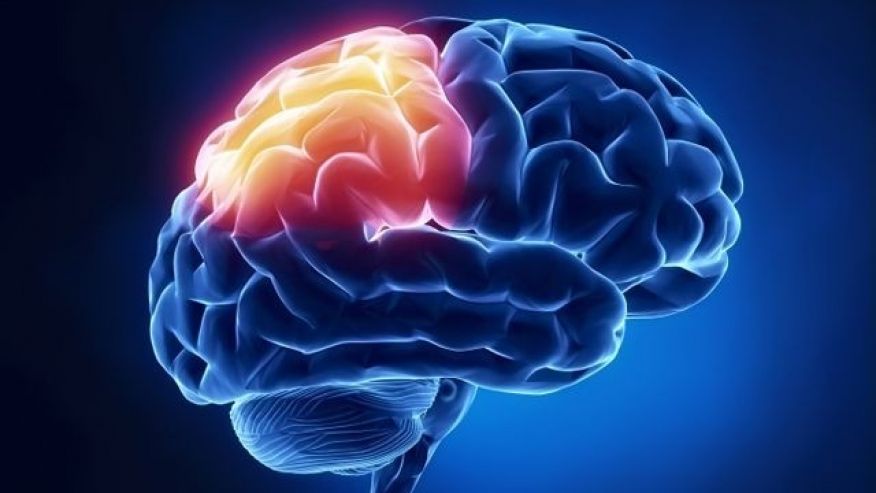
Brain chemistry on communication and addiction has nothing in common
Brain chemistry on communication and addiction: The necessities of protecting the brain
The brain chemistry on communication is very important in human life and it is the key to proper management of human systems all round. That is to say, whether the system is a group of family members, colleagues at work or in any other set up including as an individual. The body is actually no different and in fact in the absent of good communication our bodies will not function well. It will interest you to note that the brain is responsible for proper communication. Therefore if we want to understand addiction’s effect on the brain chemistry, it will be very important that we first appreciate how communication works. That is why we want to focus on the discussion of how addiction affects the brain chemistry on communication.
To do this, we are going to rely on the expert opinion from doctor Dalal Akoury MD and founder of AWAREmed Health and Wellness Resource Center. According to the experts at this facility, all the five senses e.g. sight, smell, taste, sound and touch will collect and transmit information about our environment. On receipt the brain will process and analyze this information. It must be noted that even though the brain performs this huge task of processing and analyzing information, it does so by relying on simple electrochemical process for communication.
The brain’s communication system permits specific areas of the brain to rapidly interact with other brain regions. The brain achieves this communication through a vast, interconnected, network of specialized cells called neurons. Our brains have billions of these neuronal connections. These neuronal connections form the foundation for an electro-chemical communication system.
Brain chemistry on communication and addiction: Addiction changes the brains proper functions
The composition of the brain is such that it has several sections or regions with each performing a distinctive role. All these sections communicate to each other for proper functionality of their specific roles. And besides the sections, the brain also must communicate to the rest of the body to coordinates the body’s systems like the digestive, cardiovascular and respiratory system among others. This can be illustrated well by taking the example of sports men and women. They must communicate to one another and coordinate as a team. That’s why the brain communication system is crucial for our health, well-being and the overall functioning. It is no wonder that when this communication system is altered, we are affected greatly. Doctor Akoury says that we are able to cope because the brain communication system is changing periodically and adapting to the new environments well. This way we are able to learn, remember and make adjustments to our changing circumstances. Drugs can easily alters this communication systems and therefore it is only fair that we appreciate how this communication system works so that we can understand some of the defining characteristics of addiction which may include cravings, withdrawals, compulsions, and the continued use of addictive substances and activities despite harmful consequences.
Brain chemistry on communication and addiction: The necessities of protecting the brain
http://www.awaremednetwork.com/

